Precision Gear Motor Powers the Future of Automation
In modern machinery and automation systems, Precision Gear Motor stands out as a key component enabling accurate and controlled motion. Users now expect gear motors that deliver low backlash, stable torque, and repeatable positioning.
Precision Gear Motor in Robotics & Mobile Systems
Robots demand components that balance power, accuracy, and compactness. Precision gear motors play critical roles in robotic arms, collaborative robots , and mobile platforms. The mobile robot sector shows strong growth, and demand for gearboxes that support dynamic response and stable motion increases sharply. In mobile systems, low backlash and smooth torque transfer help machines avoid jitter, maintain trajectory, and react to varying loads.
One rising example is compact yet potent precision planetary units aimed at high dynamics applications. Some of these units reduce length significantly while keeping comparable peak torque, enabling integration in tight spatial layouts.
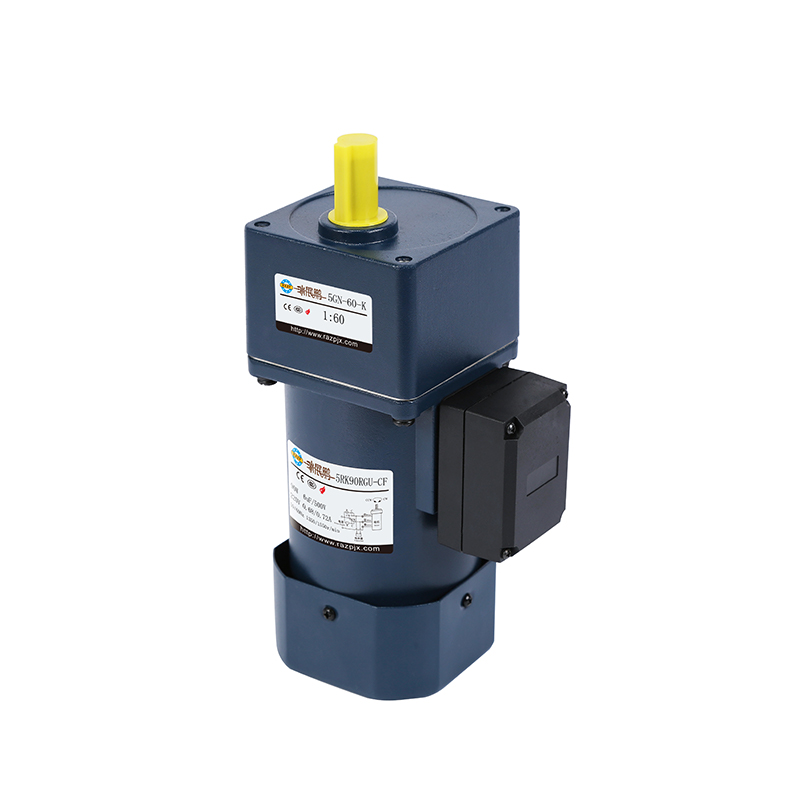
Precision Gear Motor Integrated & Compact Designs
A major trend sees integration of gear units and motors into more compact assemblies. Some manufacturers develop integrated gear motor packages that reduce overall length and inertia. Such compact designs allow system builders to embed motion modules in smaller frames, save space, and lower mass. In many layout-constrained systems, such compact precision gear motors open new possibilities that were impossible with older bulky drives.
Integration also simplifies assembly and alignment, reducing accessory parts and improving reliability. That arrangement appeals in applications such as tool changers, high-speed pick & place, and medical devices.
Precision Gear Motor Smart Features & Monitoring
Intelligence enters the gearbox domain through embedded sensors and condition monitoring. Precision gear motors now often include sensors to track temperature, vibration, torque load, and even detect micro-slip. These data feed control units, allowing predictive maintenance and early fault detection. Machines thus avoid catastrophic failure and reduce downtime.
Connected gear motors link into factory networks through communication protocols. They act as sensor nodes in motion systems, offering feedback and adaptation in real time. That smart capability supports advanced control schemes, adaptive speed management, and synchronized multi-axis operations.
Precision Gear Motor Market Growth & Demand
The precision gear motor sector experiences rapid expansion. The broader precision gear and geared motor market is forecast to grow more than 10 % in some upcoming years, with rising demand in robotics and automation. Demand from mobile robot manufacturers is expected to be a primary driver. The need for compact, responsive, and reliable motion drives accelerates orders.
Precision Gear Motor Material & Manufacturing Advances
To support performance demands, manufacturers push advances in materials and manufacturing. Higher strength alloys, improved lubricants, better sealing materials, finer machining tolerances, surface finishing techniques, and ultra-low backlash gear cutting practices all contribute to performance gains. Some models use composite or lightweight housings to reduce inertia.
Production processes evolve: automated machining, precision gear inspection, error compensation in assembly, and robotic alignment ensure consistency across units. Such care ensures that even in small, tight designs, precision holds across many production batches.
Conclusion & Product Recommendation
Precision Gear Motor now forms an essential element in modern automated systems, supporting tasks that require high accuracy, smooth motion, and reliability. For projects that require reliable and accurate motion control, the 90 mm 90W/120W High Precision Gear Reducer Motor is a smart choice, combining solid power, a compact build, and consistent performance.
For more detailed product information, please consult Zhanpeng Company.



 English
English 中文简体
中文简体 عربى
عربى
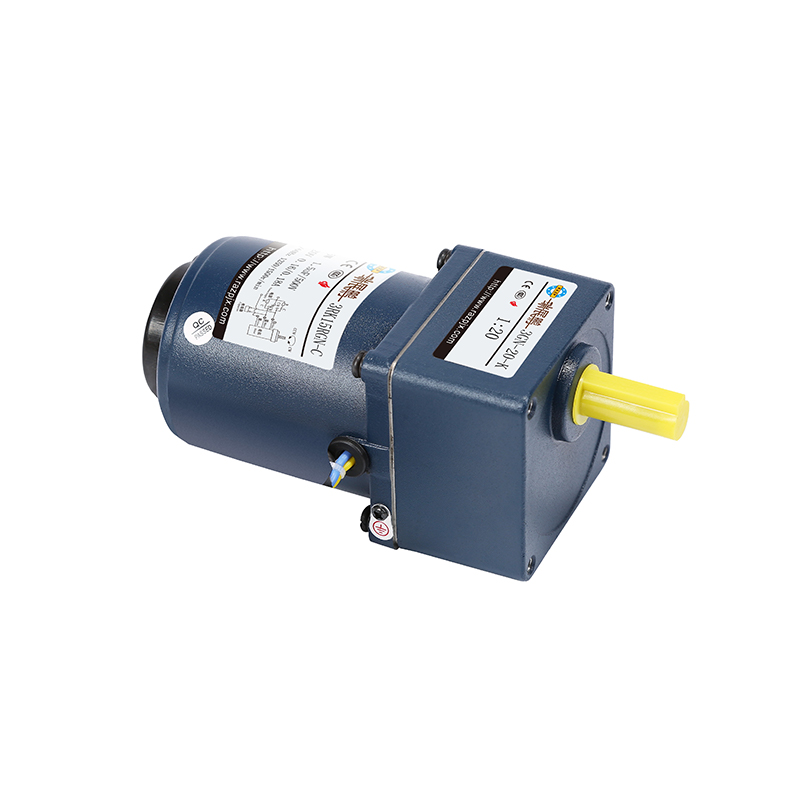
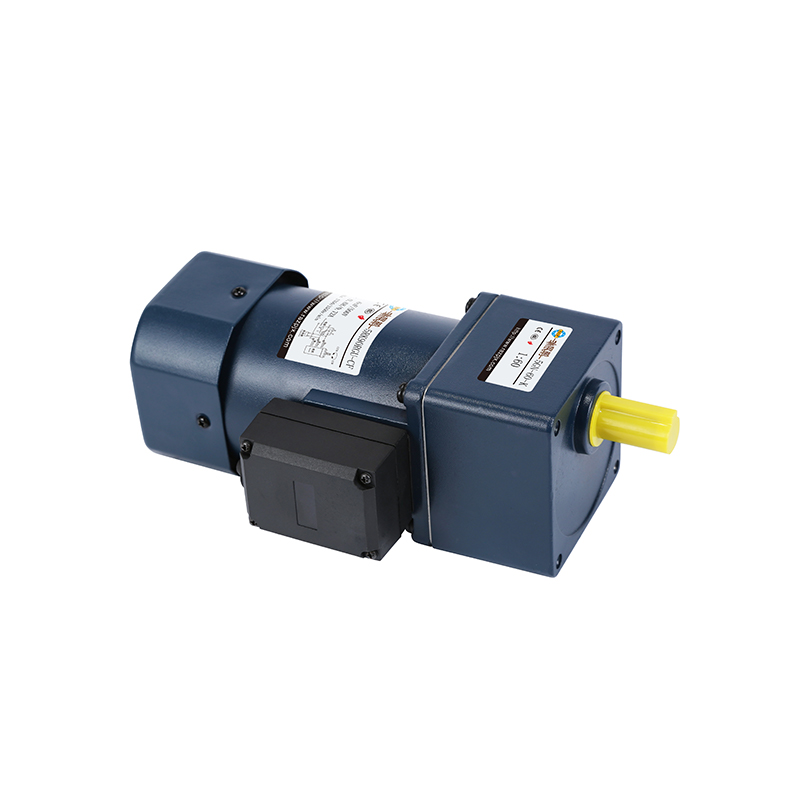

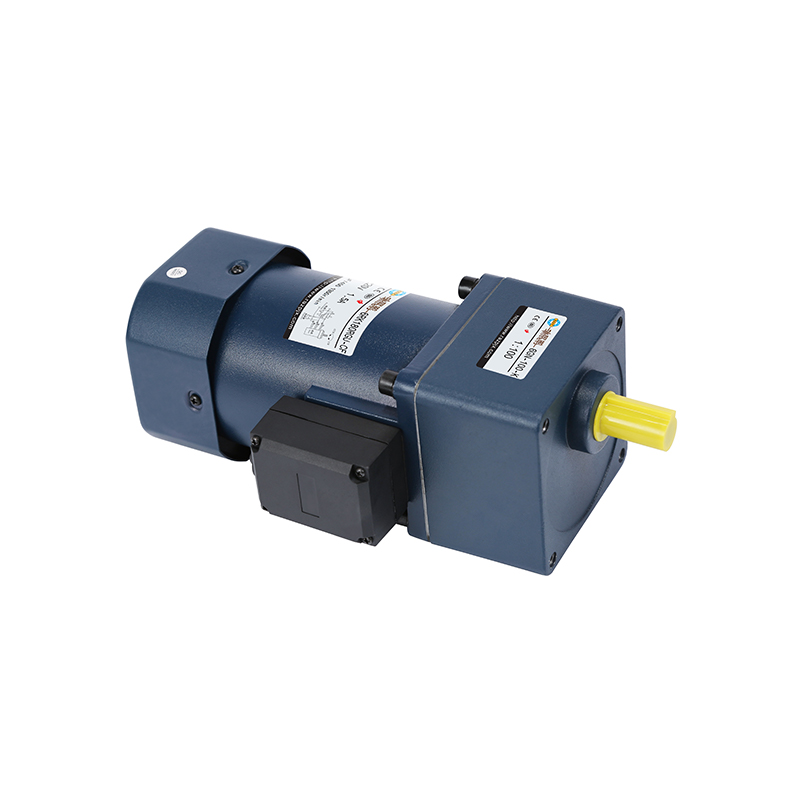
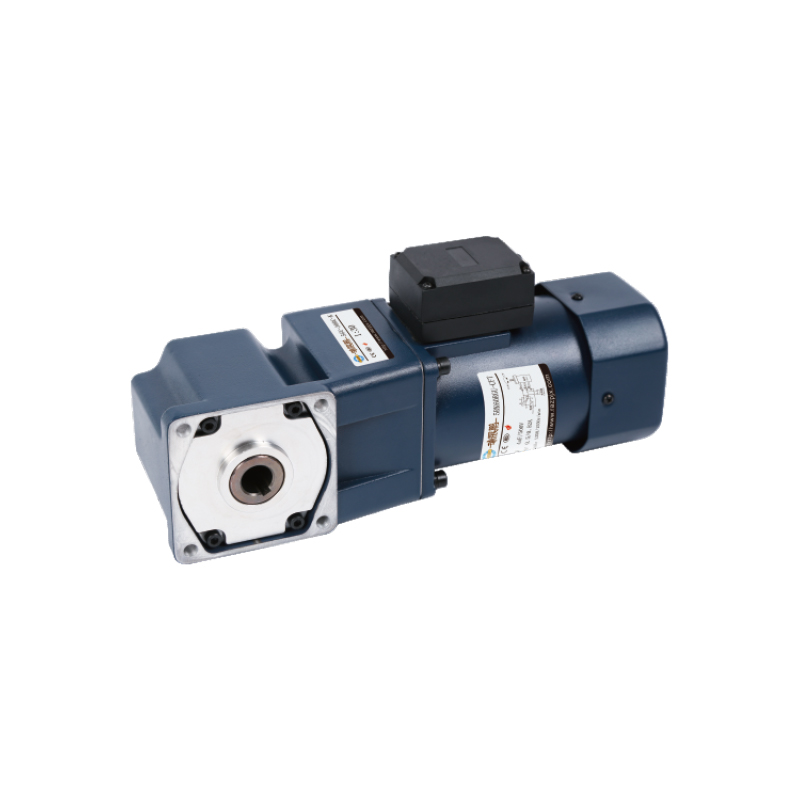


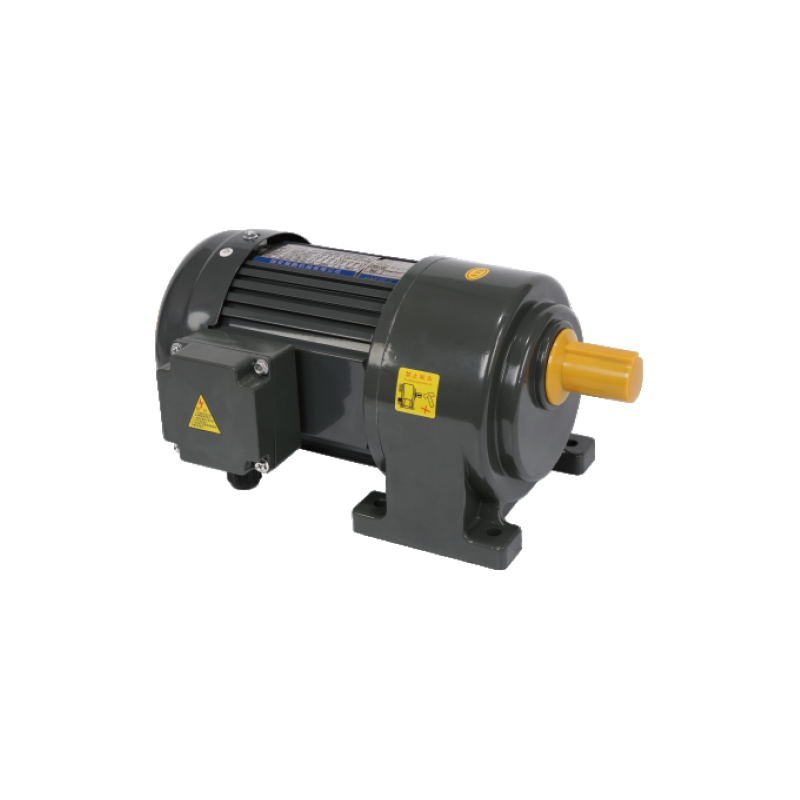
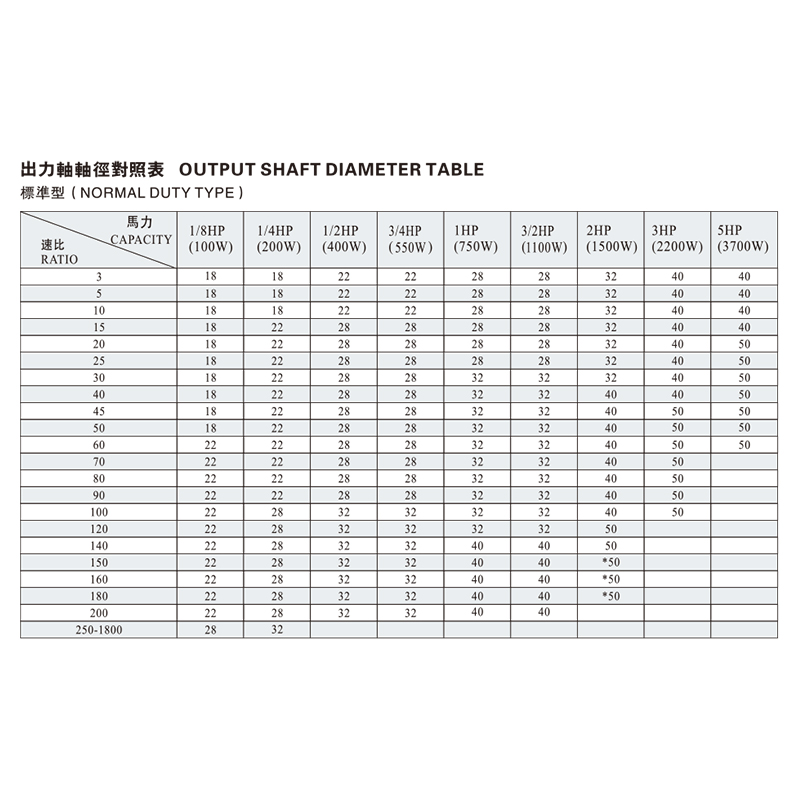
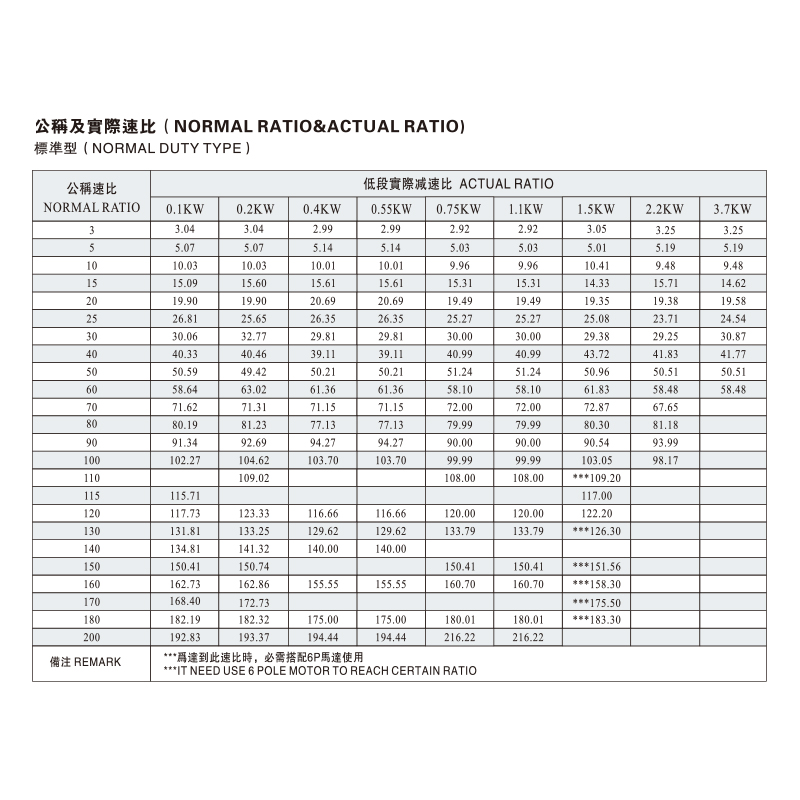





Contact Us